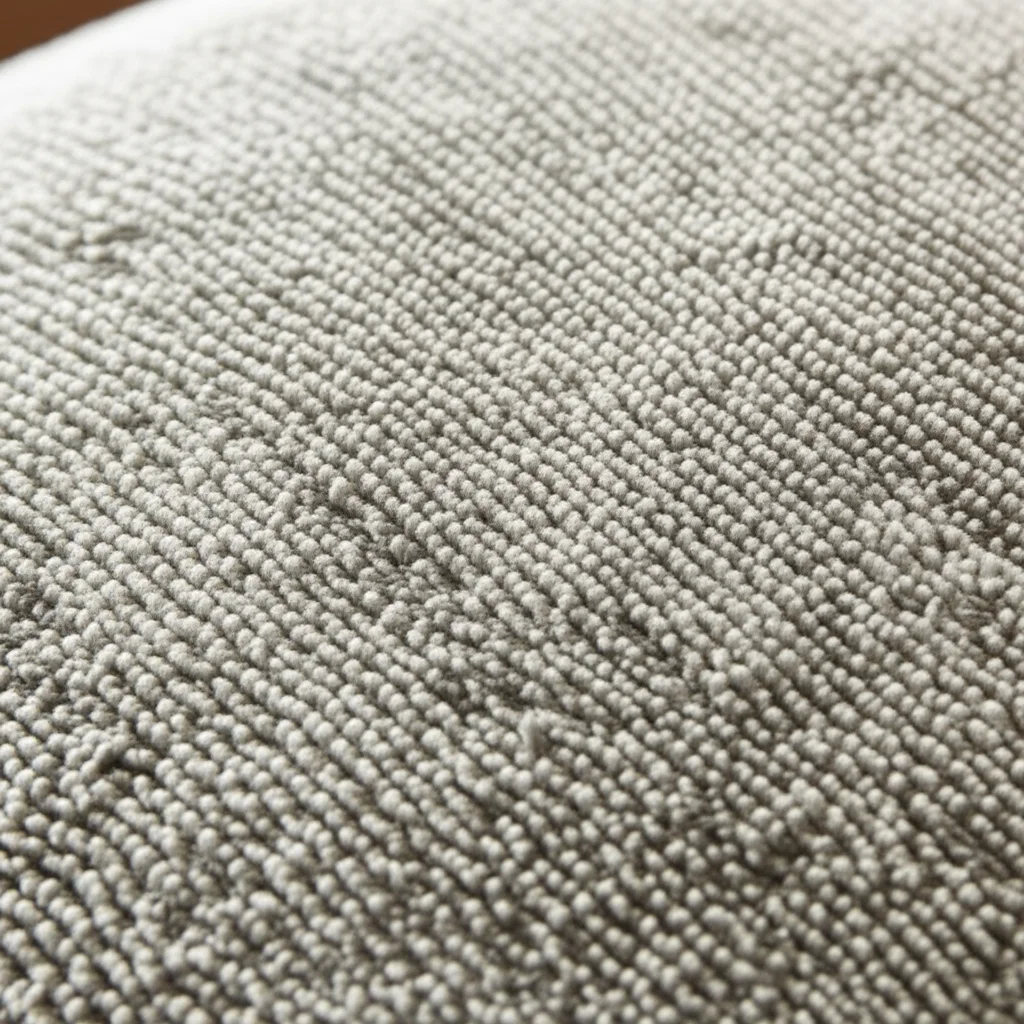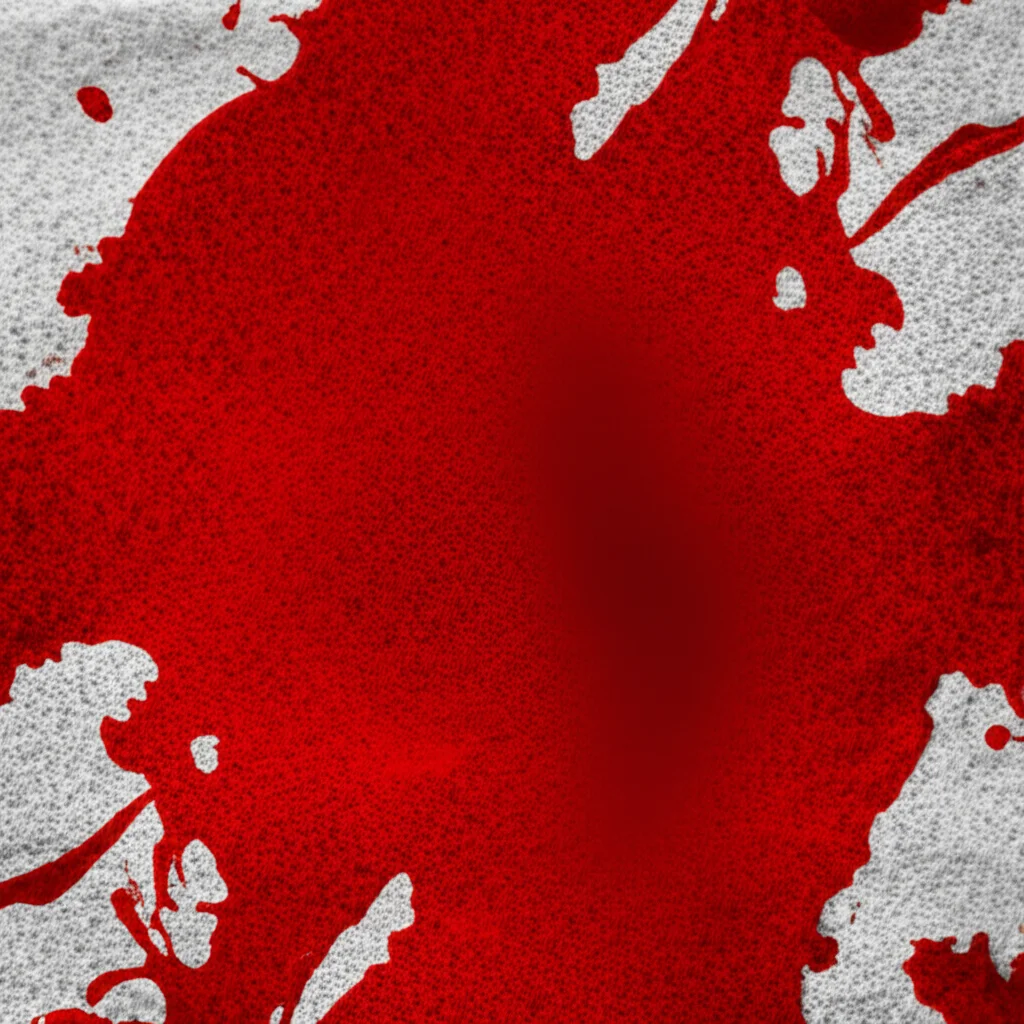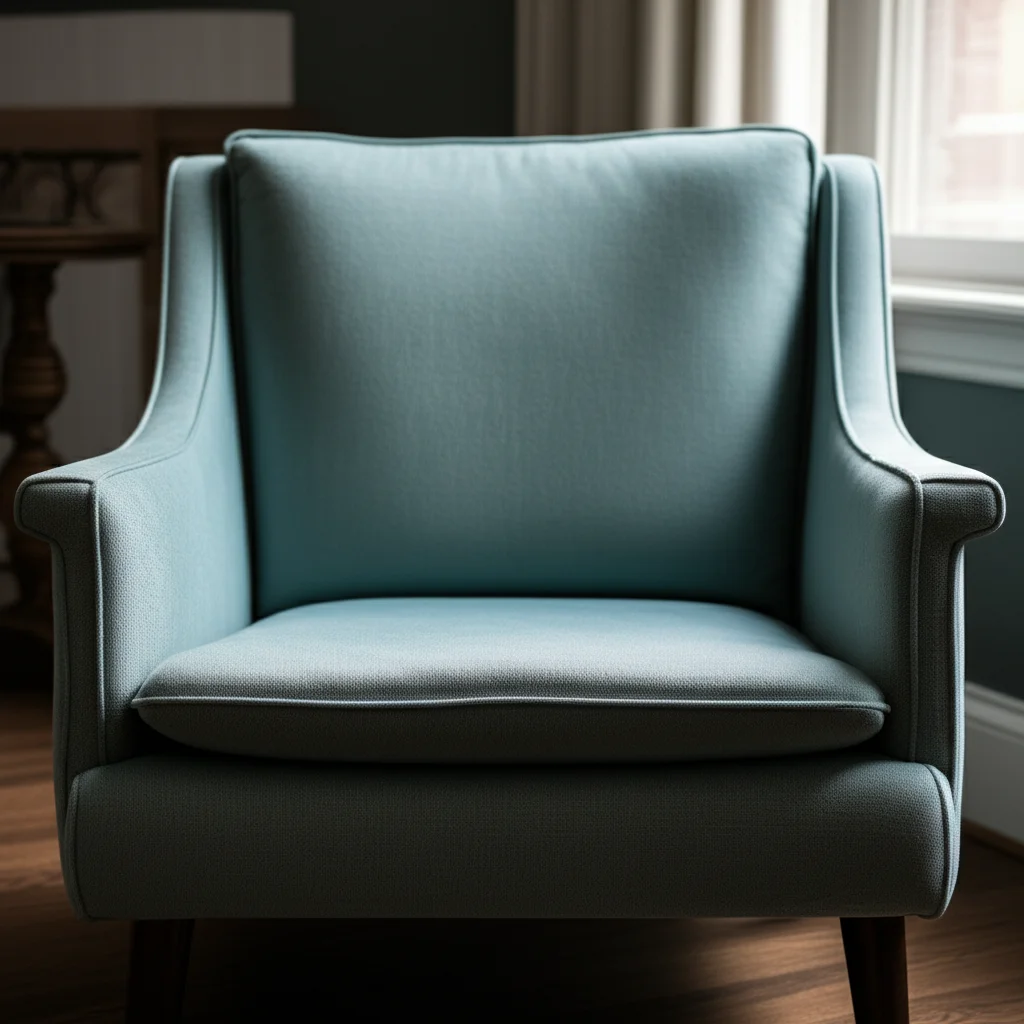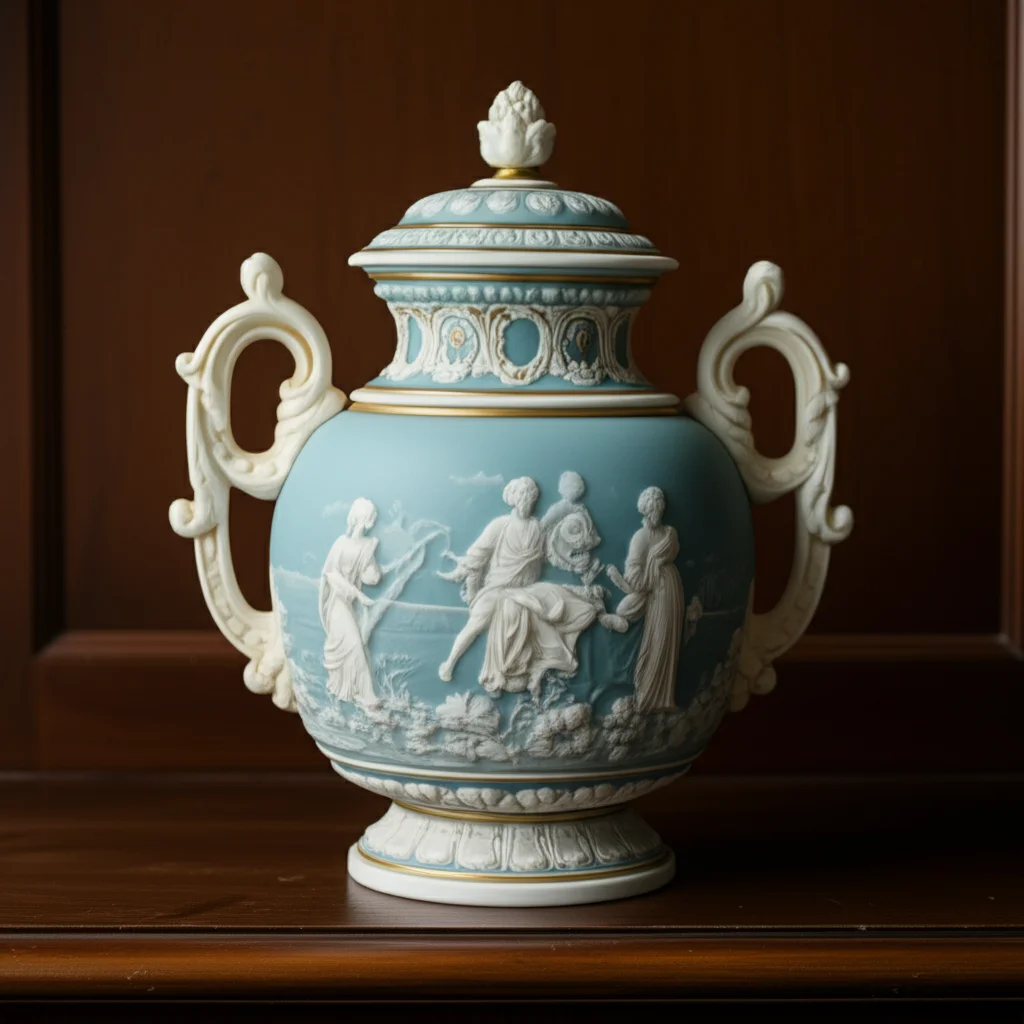· Todd Martin · Home Care · 19 min read
How To Clean Microfiber Chair

Transform Your Microfiber Chair: A Simple Cleaning Guide
Microfiber chairs offer comfort and style in many homes. They feel soft and often resist spills. Still, dust, dirt, and stains can build up over time. Keeping your microfiber chair clean helps it last longer. It also keeps your living space fresh and inviting. This guide shows you exactly how to clean your microfiber chair. We will cover everything from basic care to deep stain removal. You will learn easy methods to refresh your furniture.
Takeaway:
- Identify your chair’s cleaning code before you begin.
- Vacuum your microfiber chair regularly to remove loose dirt.
- Use alcohol or a mild soap solution for most stains based on the code.
- Always test cleaning products in a hidden spot first.
- Fluff the fibers after cleaning to restore softness.
You can clean a microfiber chair by first checking its cleaning code. Then, vacuum the surface to remove loose dirt. For most stains, use rubbing alcohol for ‘S’ coded fabric or a gentle soap and water solution for ‘W’ coded fabric. Always spot-test cleaners. Rub the area gently, then blot dry and let it air.
Understanding Your Microfiber Chair’s Cleaning Needs
Knowing your microfiber chair’s material is the first step in cleaning. Microfiber is a synthetic fabric. It consists of very fine fibers, often polyester or nylon. These fibers make it durable and soft. This material is popular for furniture because it feels good and holds up well.
Different types of microfiber exist. Furniture makers use specific cleaning codes. These codes tell you the best cleaning method. You must find this tag on your chair. It is usually under a cushion or on the frame. Ignoring this code can damage your chair.
Deciphering Microfiber Cleaning Codes
The cleaning code on your chair’s tag is very important. It guides your cleaning process. Understanding these codes helps prevent damage. Each letter stands for a specific cleaning agent.
- Code “W” (Water-based): This means you can use water-based cleaning solutions. These include mild soap and water or upholstery shampoos. This code is common for many household fabrics. You can safely use a damp cloth for spills.
- Code “S” (Solvent-based): This code means you should use water-free cleaning solvents. Rubbing alcohol is a common and effective choice. Water can leave rings or stains on ‘S’ coded microfiber. Avoid water at all costs with this type.
- Code “SW” (Solvent or Water): This fabric can handle both water-based and solvent-based cleaners. It offers more flexibility. You can choose the method that best suits the type of stain. This code is very convenient for general cleaning.
- Code “X” (Vacuum Only): This code means the fabric cannot be cleaned with any liquid. You should only vacuum it. For stains, a professional cleaning service is often needed. This code is less common but requires extra care.
Always check your specific chair’s tag before cleaning. My own chair has an ‘S’ code, so I always reach for rubbing alcohol. If you cannot find a tag, assume it is an ‘S’ code or test a small, hidden area first. This small step protects your chair. It ensures you use the right cleaner.
Essential Tools for Cleaning Microfiber Furniture
Having the right tools makes cleaning your microfiber chair easy. You likely have many of these items at home already. Gathering everything before you start saves time. It ensures a smooth cleaning process. Each tool plays a specific role in getting your chair clean.
First, you need a good vacuum cleaner. A handheld vacuum works well for small chairs. A regular vacuum with an upholstery attachment is also good. This tool removes loose dirt and crumbs. It prepares the surface for deeper cleaning. Do not skip this step.
Next, you need a spray bottle. This holds your cleaning solution. It helps you apply the cleaner evenly. An empty spray bottle works best. Make sure it is clean inside. A clean bottle prevents new stains.
You also need several clean cloths. Microfiber cloths are excellent for cleaning microfiber. They are soft and absorbent. Old cotton towels or white rags also work. Make sure they are colorfast. You do not want dye to transfer to your chair. I keep a stack of clean microfiber cloths ready for all my cleaning tasks, including my microfiber cloths.
For ‘W’ coded fabrics, you need mild dish soap or a specialized upholstery cleaner. Always choose a gentle soap. Harsh chemicals can damage the fabric. Mix a small amount with water for a solution. For ‘S’ coded fabrics, rubbing alcohol is your friend. It evaporates quickly. This prevents water spots. Vinegar can also work for some stains, but test it first. If you want to know more about cleaning with vinegar, consider learning how to clean glass with vinegar.
A stiff brush or scrub brush is helpful. It helps to loosen dirt and stains. A soft-bristled brush is better for delicate microfiber. You also need a bowl or bucket for mixing solutions. Finally, a small fan or open window helps with drying. Good airflow speeds up drying time. This prevents mildew.
- Vacuum cleaner with upholstery attachment: Removes loose debris.
- Empty spray bottle: For applying cleaning solutions evenly.
- Clean microfiber cloths or white rags: For applying cleaner and blotting.
- Mild dish soap (for ‘W’ code) or Rubbing alcohol (for ‘S’ code): Your main cleaning agent.
- Stiff brush (nylon or similar): To gently scrub and fluff fibers.
- Small bowl or bucket: For mixing cleaning solutions.
- Small fan or open window: To aid in drying.
Having these items ready will make your cleaning project much simpler. I always gather my supplies before I start any big cleaning job. This prevents interruptions.
Preparing Your Microfiber Chair for a Deep Clean
Before you apply any liquid, proper preparation is vital. This stage sets the groundwork for a successful clean. Skipping these steps can make stains worse or damage your chair. A thorough prep ensures the cleaning agents work effectively. It helps protect the fabric’s integrity.
First, remove all cushions from the chair. Take off any throw blankets or pillows. You want a clear surface to work on. This allows you to reach all parts of the chair. It also ensures you don’t miss any hidden dirt.
Next, vacuum the entire chair thoroughly. Use your vacuum cleaner’s upholstery attachment. Go over every surface, including under the cushions. Pay attention to crevices where crumbs and dust collect. Vacuuming removes loose dirt, pet hair, and debris. If you apply liquid cleaner on top of dirt, you will create mud. This makes cleaning much harder. I always spend extra time vacuuming. It makes a big difference in the final result. If you have other fabric furniture, you might find tips on how to clean fabric chair seats helpful for general methods.
After vacuuming, you must perform a spot test. This is crucial for any cleaning method. Choose an inconspicuous area of the chair. This could be the back of a cushion or a hidden spot near the bottom. Apply a small amount of your chosen cleaning solution. Use the method you plan for the whole chair.
Wait a few minutes to see the reaction. Check for color fading, fabric shrinking, or any other negative effects. If the fabric changes, stop immediately. Do not use that cleaning solution. Try a different one or consult a professional. If the spot looks good, you can proceed. This simple test prevents costly mistakes. It gives you confidence before cleaning the entire chair.
- Remove Cushions and Accessories: Clear the chair for full access.
- Vacuum Thoroughly: Eliminate all loose dirt and debris.
- Perform a Spot Test: Apply cleaner to a hidden area.
- Observe Results: Check for adverse reactions like fading or shrinking.
These preparation steps are not optional. They protect your furniture. They also ensure a deep and effective clean.
Effective Strategies for Microfiber Stain Removal
Microfiber is known for its durability, but stains can still happen. The key to successful stain removal is acting quickly. Different types of stains require different approaches. Knowing how to tackle common spills saves your chair. You can restore its original look with the right method.
For water-based stains (like juice or coffee) on ‘W’ or ‘SW’ coded fabric: Start by blotting the stain with a clean, dry cloth. Do not rub, as this can spread the stain. Mix a small amount of mild dish soap with water. Put the solution into a spray bottle. Lightly spray the stained area. Gently blot with a clean, damp cloth. Work from the outside of the stain inwards. This prevents spreading. Continue blotting until the stain lifts. Then, blot with a dry cloth to absorb excess moisture. Let the area air dry. For deeper understanding on specific materials, you might compare this with how to clean polyester chair methods, as polyester is a common component of microfiber.
For oil-based stains (like grease or food) or general spills on ‘S’ coded fabric: Rubbing alcohol is your best friend here. Pour some rubbing alcohol into a spray bottle. Lightly spray the stained area. Avoid soaking the fabric. Dab the stain with a clean white cloth. The alcohol helps break down the oils. You will see the stain transfer to the cloth. Keep changing to a clean section of your cloth. This prevents reapplying the dirt. Let the alcohol evaporate completely. It dries very quickly. The stain should disappear. If it is a stubborn spot, you might need to repeat the process.
For unknown stains or pet accidents: First, blot up as much of the substance as possible. Use a dry, clean cloth. For pet stains, try to absorb all liquid. Then, identify your chair’s cleaning code. If ‘W’ or ‘SW’, a mix of white vinegar and water can be effective. Vinegar helps neutralize odors. Mix equal parts white vinegar and water. Lightly spray the stain. Blot with a clean cloth. Repeat as needed. For tough odors, consider a specific enzyme cleaner. If you are dealing with pet messes and want to know more about similar cleaning challenges, how to clean high chair straps provides useful general stain removal advice. If ‘S’, stick to rubbing alcohol. It works on many types of stains. The key is gentle blotting and patience. Do not scrub hard, as this can damage the fibers.
After any stain removal, fluff the microfiber. Use a stiff brush or even your hand. Brush the fibers in different directions. This helps restore the soft, napped texture. It also prevents the area from looking matted. A clean microfiber chair feels soft and looks great.
- Blot, do not rub: This prevents spreading stains and damaging fibers.
- Water-based stains (‘W’/‘SW’): Use mild soap and water.
- Oil-based/General stains (‘S’): Use rubbing alcohol.
- Unknown/Pet stains: Identify code, use appropriate solution (vinegar mix for ‘W’, alcohol for ‘S’).
- Always use clean cloths: Prevents reapplying dirt.
- Fluff fibers after drying: Restores texture.
Removing stains keeps your chair looking new. It also extends its life. My own chair has seen many coffee spills. These methods have saved it every time.
Step-by-Step Guide to Deep Cleaning Microfiber Chairs
Once you have removed individual stains, you might want to deep clean the entire chair. This process refreshes the fabric. It removes built-up dirt and grime. A deep clean restores the chair’s appearance and feel. This general cleaning method works well for most chairs.
Start by ensuring your chair is fully vacuumed. Remove all loose debris. This prepares the surface for the cleaning solution. If you skipped this step, go back and do it now. A clean surface is essential for proper deep cleaning.
For ‘W’ or ‘SW’ coded microfiber chairs: Prepare your cleaning solution. Mix a small amount of mild liquid dish soap with water in your spray bottle. Use about a teaspoon of soap per cup of water. Shake gently to mix. Do not create too many suds. You want a slightly soapy water. Lightly mist a section of the chair. Do not soak the fabric. A fine mist is enough. Then, gently rub the area with a clean microfiber cloth. Use small, circular motions. Work in sections. This helps prevent water rings. Rinse your cloth often in clean water. Wring it out well. After cleaning a section, use a separate, clean, damp cloth to wipe away any soap residue. This is important to prevent stiffness. Then, blot the area with a dry cloth. My fabric office chair also benefits from similar gentle cleaning techniques. You can learn more about general upkeep here: how to clean fabric office chair.
For ‘S’ coded microfiber chairs: Fill your spray bottle with rubbing alcohol. Use 70% or 90% isopropyl alcohol. It evaporates quickly. Lightly mist a section of the chair. Again, do not soak the fabric. Gently scrub the area with a clean, stiff brush or a clean microfiber cloth. You will see dirt lifting onto the cloth. Continue working in small sections. Change to a clean part of your cloth often. The alcohol lifts dirt and evaporates. This leaves no water marks. This method is surprisingly effective.
After cleaning any section, use a clean, dry brush to fluff the fibers. This is a very important step for microfiber. It restores the soft, velvety texture. It also helps the fabric dry evenly. Without fluffing, the fibers can dry matted or stiff. Brush in different directions.
Finally, allow the chair to air dry completely. This can take several hours. Use a fan or open windows to speed up drying. Do not use the chair until it is fully dry. Sitting on a damp chair can cause new stains or mildew. Ensure the room has good air circulation.
- Vacuum first: Remove all loose particles.
- For ‘W’/‘SW’ codes: Use a mild soap and water solution. Mist lightly.
- For ‘S’ codes: Use rubbing alcohol. Mist lightly.
- Work in sections: Clean small areas at a time.
- Gently rub/blot: Use appropriate tools and technique.
- Rinse/Change cloths: Use clean cloths and remove soap residue.
- Fluff fibers: Restore texture after cleaning.
- Air dry completely: Ensure no moisture remains before use.
Deep cleaning your microfiber chair makes it feel new again. It removes hidden dirt. It refreshes the look and smell of your furniture. It’s a satisfying task that truly makes a difference.
Keeping Your Microfiber Chair Fresh: Odor & Care
A clean chair is not just about looks. It also smells fresh. Over time, odors can get trapped in fabric. This happens from spills, pets, or everyday use. Dealing with odors is part of good chair maintenance. Regular care also helps prevent dirt build-up.
For odor removal, baking soda is an excellent natural solution. After your chair is completely dry from cleaning, sprinkle a generous amount of baking soda over the entire surface. You can use a kitchen sieve for even distribution. Let the baking soda sit for several hours, or even overnight. It absorbs odors. The longer it sits, the more effective it is.
After the baking soda has done its work, vacuum it up thoroughly. Use your upholstery attachment to remove all powder. The chair should smell much fresher. For persistent odors, you might need to repeat this process. This method is safe for all microfiber types. It leaves no chemical residue.
Regular maintenance is key to keeping your microfiber chair clean longer.
- Vacuum Weekly: Make vacuuming your chair part of your regular cleaning routine. This prevents dust, crumbs, and pet hair from building up. It stops dirt from settling deep into the fibers. A quick vacuum takes only a few minutes.
- Address Spills Immediately: The faster you clean a spill, the easier it is to remove. Keep cleaning supplies handy. Blot liquid spills right away. Scrape off solid messes gently.
- Rotate Cushions (if applicable): If your chair has removable cushions, flip and rotate them regularly. This helps distribute wear evenly. It also exposes different parts to air, which helps with freshness.
- Protect from Sunlight: Direct sunlight can fade microfiber fabric. It can also dry out the fibers. Position your chair away from direct sun. Use curtains or blinds during peak sun hours.
- Avoid Harsh Cleaners: Always stick to the recommended cleaning solutions based on your chair’s code. Harsh chemicals can strip the fabric or leave residue. They can also damage the dye.
By taking these small steps, you can extend the life of your microfiber chair. It stays looking and smelling great for years. I follow these tips for all my fabric furniture. It makes a big difference in maintaining my living space. For outdoor cushions, similar care and protection from elements are important. You can find more specific advice for materials like Sunbrella here: how to clean Sunbrella chair cushions. Regular maintenance is always easier than a major cleaning project.
When to Seek Professional Microfiber Chair Cleaning
While DIY cleaning methods are effective for most situations, there are times when professional help is best. Knowing when to call in experts can save your chair. It prevents potential damage from incorrect cleaning. Professionals have specialized tools and knowledge.
Consider professional cleaning for very large or complex chairs. A big sectional sofa, for example, is harder to clean at home. It requires more time and effort. Professionals can clean large pieces quickly and efficiently. They have powerful equipment that can handle bigger jobs.
You should also call a professional for severe or set-in stains. Some stains, like old ink marks or deep oil stains, are very difficult to remove. Home methods might not work on them. Trying too hard with DIY solutions can sometimes make the stain worse. It can also damage the fabric. Professionals use stronger, targeted treatments. They know how to handle tough stains without harming your chair.
If your microfiber chair has an “X” cleaning code, professional cleaning is almost always necessary for liquid spills. Remember, “X” means vacuum only. Any liquid can cause significant damage, including shrinking or permanent watermarks. Professionals have dry cleaning methods or specialized equipment for these delicate fabrics. Do not attempt liquid cleaning on an “X” coded chair yourself.
When you notice a strong, persistent odor that baking soda does not remove, a professional can help. They use powerful deodorizing agents. These agents penetrate deep into the fibers. They eliminate odors at the source. This is especially true for pet odors that have soaked into the padding.
If you have tried DIY methods and failed, it is time to call an expert. Sometimes, a stain just will not budge. Or, you might have accidentally caused a water ring. Professionals often have ways to fix these issues. They have experience with many different fabric problems. They can assess the damage and offer solutions.
Always choose a reputable upholstery cleaning company. Look for one with good reviews. Ask about their methods for microfiber. Ensure they are insured. A professional cleaning extends your chair’s life. It keeps it looking its best.
- Large or complex furniture: Hard to clean effectively at home.
- Severe or set-in stains: DIY methods may not work.
- “X” cleaning code: Requires specialized dry cleaning methods.
- Persistent odors: Beyond what home remedies can fix.
- DIY attempts failed: When you cannot get the desired results.
- Protect your investment: Professional cleaning keeps your chair in top condition.
My own experience tells me that some things are best left to the pros. It’s an investment in the longevity of your furniture.
Frequently Asked Questions About Cleaning Microfiber Chairs
How do I clean pet stains from my microfiber chair?
For pet stains, first blot up as much liquid as possible with a clean, dry cloth. For ‘S’ coded microfiber, use rubbing alcohol. For ‘W’ or ‘SW’ coded fabric, mix equal parts white vinegar and water. Spray the solution lightly onto the stain, then blot gently. The vinegar helps neutralize odors. Always test in a hidden spot first.
Can I use water on all types of microfiber?
No, you cannot use water on all types of microfiber. Always check your chair’s cleaning code. “W” means water-based cleaners are safe. “S” means only solvent-based cleaners like rubbing alcohol are safe. “SW” allows both. “X” means vacuum only; no liquids should be used. Using water on an “S” or “X” coded chair can cause permanent damage or water rings.
How do I remove water stains from microfiber?
Water stains, also called water rings, often appear on ‘S’ coded microfiber. To remove them, lightly spray rubbing alcohol over the water ring. Use a clean, stiff brush or a white cloth to gently rub the area in small, circular motions. The alcohol helps the water evaporate evenly. This blends the area. Let it air dry completely.
How often should I clean my microfiber chair?
For general maintenance, vacuum your microfiber chair weekly to remove loose dirt and debris. Deep clean your chair every 6-12 months. This depends on how much it is used. Address spills and stains immediately as they happen. Regular care keeps your chair looking good and extends its life.
What should I do if my microfiber chair gets matted down?
If your microfiber chair looks matted, it needs fluffing. After cleaning and drying, use a stiff brush. Gently brush the matted areas in different directions. This lifts the fibers. You can also use a soft-bristled brush or a clean cloth to rub the area. This restores the soft, napped texture. This simple step makes the chair look new again.
Can I use a steam cleaner on my microfiber chair?
Using a steam cleaner on microfiber is risky. High heat and moisture can damage some microfiber types. It can also cause shrinking or permanent water marks, especially on “S” or “X” coded fabrics. It is generally best to stick to the recommended cleaning methods based on your chair’s cleaning code. If you decide to use a steam cleaner, always test a small, hidden area first.
Reclaim Your Comfort: Cleaning Your Microfiber Chair
Cleaning your microfiber chair might seem like a big job. But with the right steps, it becomes a simple task. We started by understanding the cleaning codes. This crucial first step ensures you pick the right method. Then, we gathered essential tools. We learned how to prepare the chair for a deep clean. Proper vacuuming and spot testing are key.
You now have strategies for effective stain removal. Whether it is a coffee spill or a pet accident, you know how to tackle it. We walked through deep cleaning methods for different fabric codes. We covered general maintenance tips. These include odor removal with baking soda and regular vacuuming. Finally, we discussed when to call in professional cleaners. Sometimes, expert help is the best choice.
You can keep your microfiber chair looking its best for years. Regular care and quick action on spills make a big difference. Embrace these tips. Your clean, fresh microfiber chair will be a comfortable spot in your home. Take action today. Give your chair the clean it deserves.





